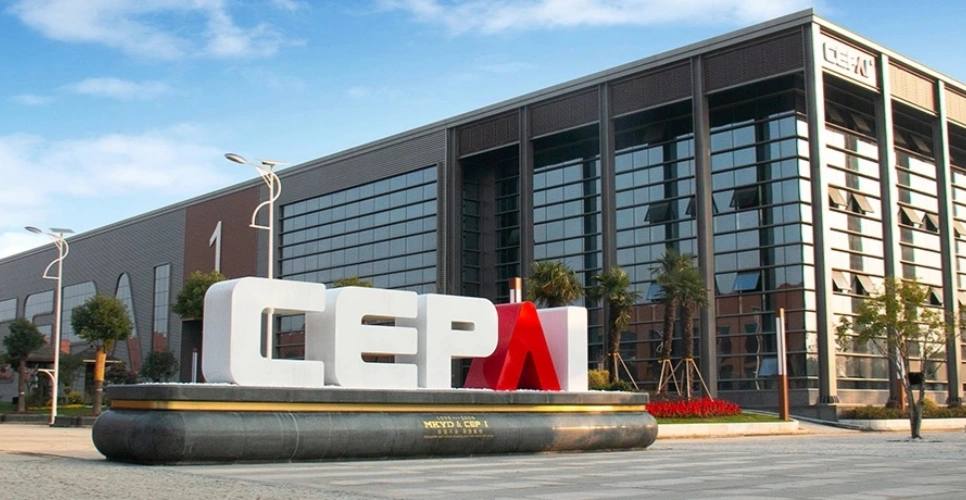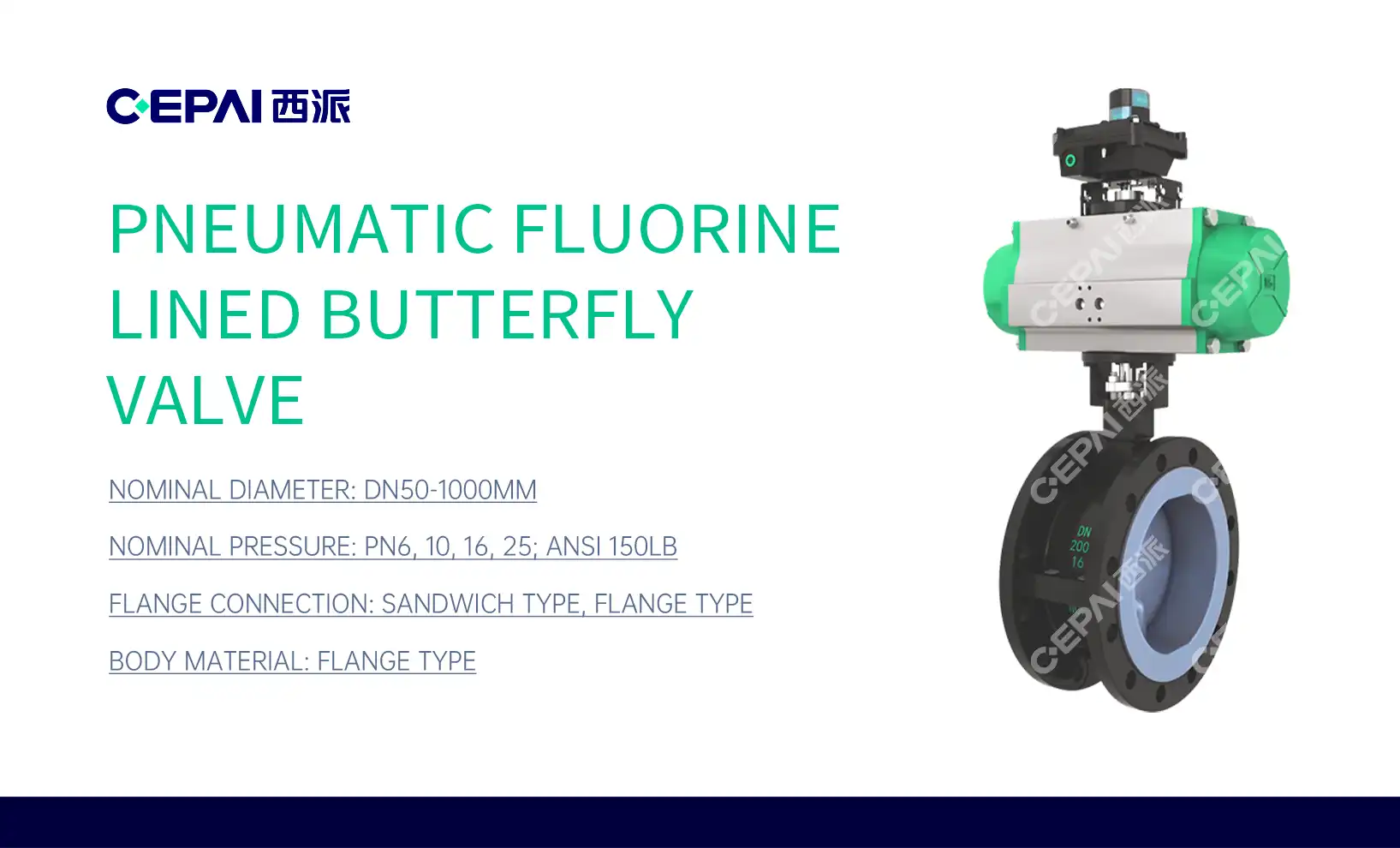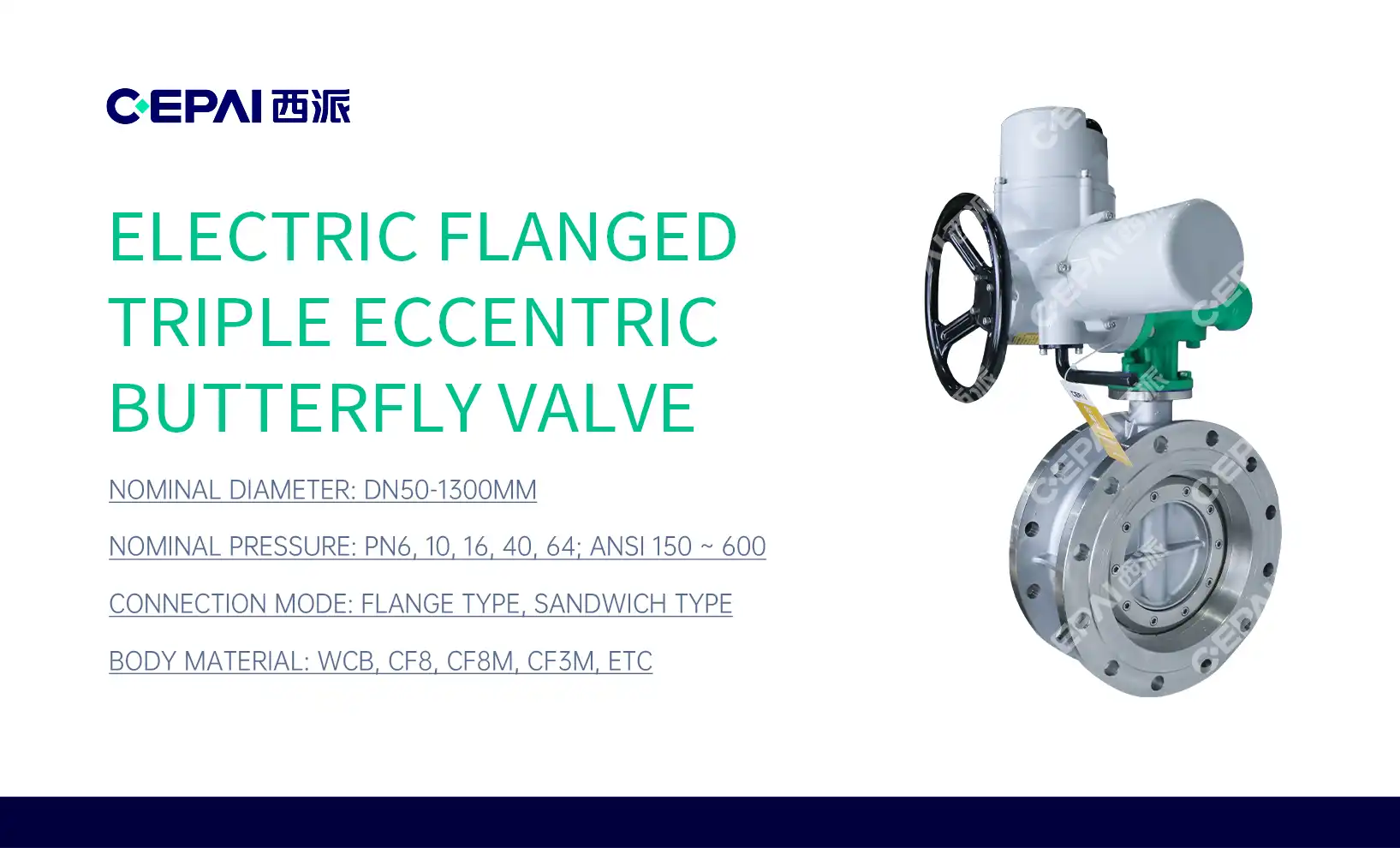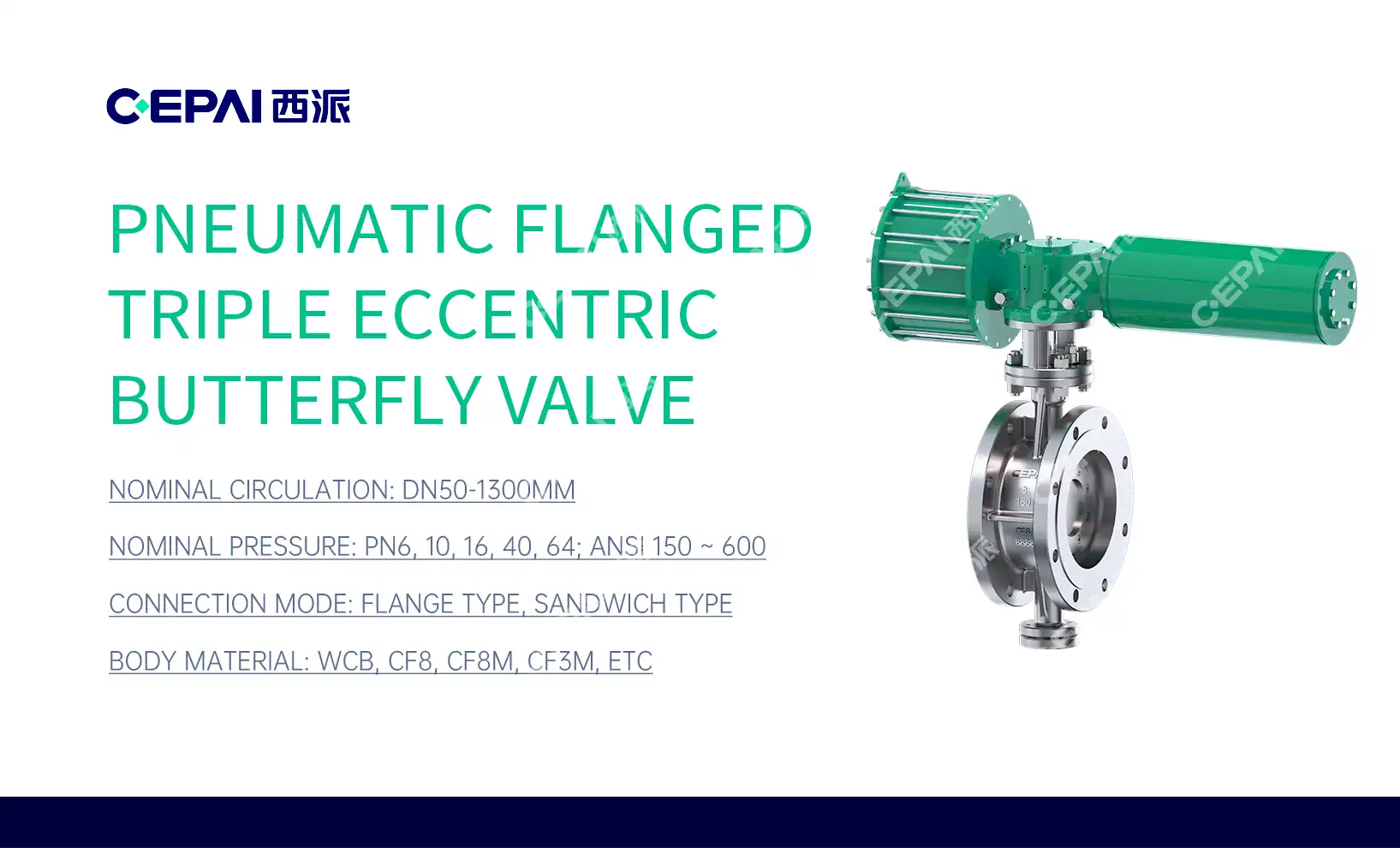Understanding Control Valves: Types and Applications
The Basics of Control Valve Operation
Control valves are automated devices designed to regulate the flow, pressure, temperature, or level of liquids or gases in a process system. They consist of three main components: the valve body, actuator, and positioner. The valve body contains the internal parts that control the flow, while the actuator provides the force to open or close the valve. The positioner ensures accurate positioning of the valve stem based on the control signal.
These valves operate by adjusting the size of the flow passage in response to signals from a control system. This precise control allows for maintaining specific process variables within desired ranges, ensuring optimal performance and safety in industrial operations.
Common Types of Control Valves
There are several types of control valves, each suited for specific applications:
- Globe Valves: Ideal for precise flow control and widely used in various industries.
- Ball Valves: Offer quick shut-off and are excellent for on/off applications.
- Butterfly Valves: Lightweight and compact, suitable for large diameter pipes.
- Diaphragm Valves: Used in sanitary applications due to their cleanability.
- Pinch Valves: Effective for handling slurries and abrasive fluids.
Each type has its unique characteristics, advantages, and limitations, making the selection process crucial for optimal performance in specific applications.
Industries and Applications
Control valves find applications across numerous industries, including:
- Oil and Gas: For wellhead control, pipeline regulation, and process control in refineries.
- Chemical Processing: In reactor control, distillation columns, and mixing operations.
- Power Generation: For boiler feedwater control, turbine bypass, and emissions control.
- Water and Wastewater Treatment: In flow control, chemical dosing, and filtration systems.
- Food and Beverage: For precise ingredient mixing, temperature control, and packaging operations.
The versatility of control valves makes them indispensable in maintaining process efficiency, product quality, and safety across these diverse industries.
Key Functions and Benefits of Control Valves
Precise Flow Regulation
One of the primary functions of control valves is to provide accurate and responsive flow regulation. This precision is crucial in processes where maintaining specific flow rates is essential for product quality, reaction control, or system efficiency. Advanced control valve designs incorporate features like characterized trim and high-rangeability, allowing for fine adjustments across a wide range of flow conditions.
In oil and gas applications, for instance, control valves play a vital role in managing production rates, ensuring optimal reservoir management, and preventing issues like slugging in multiphase flows. The ability to make minute adjustments in flow rates can significantly impact overall production efficiency and equipment longevity.
Pressure Management
Control valves are instrumental in maintaining desired pressure levels within process systems. They can act as pressure reducers, relieving valves, or back-pressure regulators, depending on the application requirements. This function is particularly critical in pipelines, where pressure management is essential for safe and efficient fluid transport.
In the chemical industry, pressure control is vital for maintaining reaction conditions, preventing equipment damage, and ensuring process safety. Control valves equipped with anti-cavitation trims or noise-reduction features can effectively manage high-pressure drops without compromising system integrity or creating excessive noise.
Temperature Control
Many industrial processes require precise temperature control, and control valves play a significant role in achieving this. By regulating the flow of heating or cooling media, these valves help maintain optimal process temperatures. This function is crucial in applications such as heat exchangers, reactor vessels, and thermal power plants.
Advanced control valve systems can integrate with temperature sensors and control loops to provide rapid response to temperature fluctuations, ensuring consistent product quality and process efficiency. In food and beverage processing, for example, precise temperature control is essential for pasteurization, cooking, and packaging operations.
Selecting and Maintaining Control Valves for Optimal Performance
Factors Influencing Control Valve Selection
Choosing the right control valve for a specific application is crucial for optimal performance and longevity. Key factors to consider include:
- Process conditions: Flow rates, pressure, temperature, and fluid properties.
- Control characteristics: Linear, equal percentage, or quick opening.
- Material compatibility: Ensuring valve materials can withstand the process fluid.
- Rangeability: The ratio between maximum and minimum controllable flow.
- Shut-off requirements: Leak tightness needed for the application.
- Environmental factors: Corrosive atmospheres, extreme temperatures, or vibration.
Proper sizing and selection of control valves can significantly impact process efficiency, energy consumption, and overall system performance. Consulting with valve experts or using advanced sizing software can help in making informed decisions.
Maintenance and Troubleshooting
Regular maintenance is essential for ensuring the reliable operation of control valves. A comprehensive maintenance program typically includes:
- Routine inspections: Checking for leaks, wear, and proper operation.
- Calibration: Ensuring accurate response to control signals.
- Lubrication: Maintaining smooth operation of moving parts.
- Cleaning: Removing deposits or buildup that may affect performance.
- Replacement of worn parts: Such as seals, gaskets, or trim components.
Common issues with control valves include sticking, hysteresis, and leakage. Proper diagnosis and timely intervention can prevent these problems from escalating into major system failures or production losses.

Emerging Technologies and Future Trends
The field of control valves is continually evolving, with new technologies enhancing performance and functionality. Some notable trends include:
- Smart valves: Incorporating sensors and digital communication for improved diagnostics and control.
- Advanced materials: Development of new alloys and composites for extreme conditions.
- 3D printing: Enabling rapid prototyping and custom valve designs.
- AI and machine learning: For predictive maintenance and optimized control strategies.
- Energy-efficient designs: Valves that minimize pressure drop and reduce overall system energy consumption.
These advancements are poised to further enhance the capabilities of control valves, making them even more integral to efficient and sustainable industrial processes.
Conclusion
Control valves are fundamental components in modern industrial processes, offering precise regulation of flow, pressure, and temperature. Their versatility and importance span across numerous industries, from oil and gas to food processing. Understanding the types, functions, and selection criteria of control valves is crucial for engineers and plant operators aiming to optimize their processes. As technology continues to advance, control valves will undoubtedly play an even more significant role in enhancing efficiency, safety, and sustainability in industrial applications.
FAQs
1. What is the main purpose of a control valve?
The main purpose of a control valve is to regulate the flow, pressure, or temperature of fluids or gases in industrial processes.
2. How often should control valves be maintained?
The maintenance frequency depends on the application and operating conditions, but generally, control valves should be inspected and serviced at least annually.
3. Can control valves be used in high-temperature applications?
Yes, specially designed control valves with appropriate materials and seals can be used in high-temperature applications.
Expert Control Valve Solutions | CEPAI
At CEPAI Group, we specialize in providing high-quality control valves for the oil and gas industry. Our advanced manufacturing processes and stringent quality control ensure that our valves meet the highest industry standards. As a leading control valve supplier and manufacturer, we offer custom solutions tailored to your specific needs. Our commitment to innovation and quality makes us the preferred choice for control valve factory products worldwide. For expert advice or to discuss your control valve requirements, contact us at cepai@cepai.com.

References
Smith, J. (2021). "Control Valve Fundamentals: A Comprehensive Guide." Journal of Process Engineering, 45(3), 112-128.
Johnson, A. & Brown, L. (2020). "Advanced Control Valve Technologies for Industrial Applications." Industrial Automation Review, 18(2), 56-72.
Zhang, Y. et al. (2022). "Performance Analysis of Smart Control Valves in Oil and Gas Production Systems." SPE Production & Operations, 37(1), 23-39.
Miller, R. (2019). "Selecting the Right Control Valve: Factors and Considerations." Chemical Engineering Progress, 115(8), 45-53.
Anderson, P. (2023). "Emerging Trends in Control Valve Design and Application." Valve World Magazine, 28(4), 18-25.
Thompson, K. & Davis, M. (2021). "Maintenance Strategies for Control Valves in Critical Process Industries." Journal of Reliability Engineering, 33(2), 89-104.

_1746598538016.webp)



